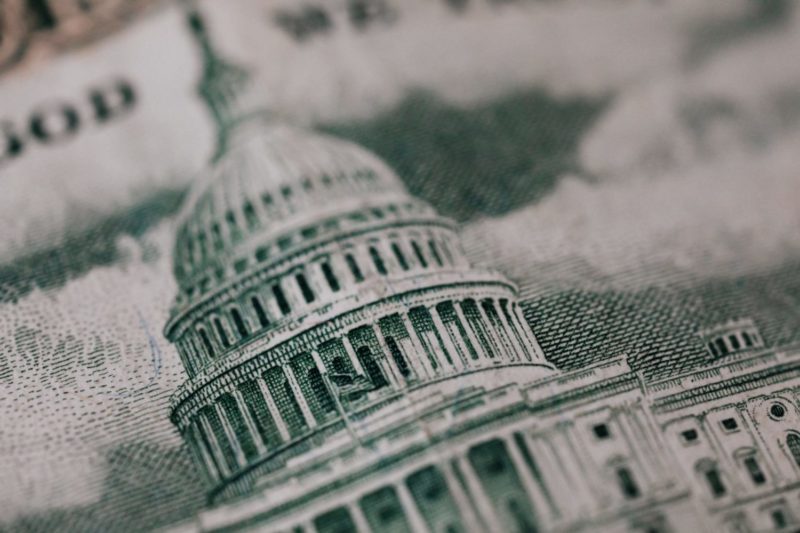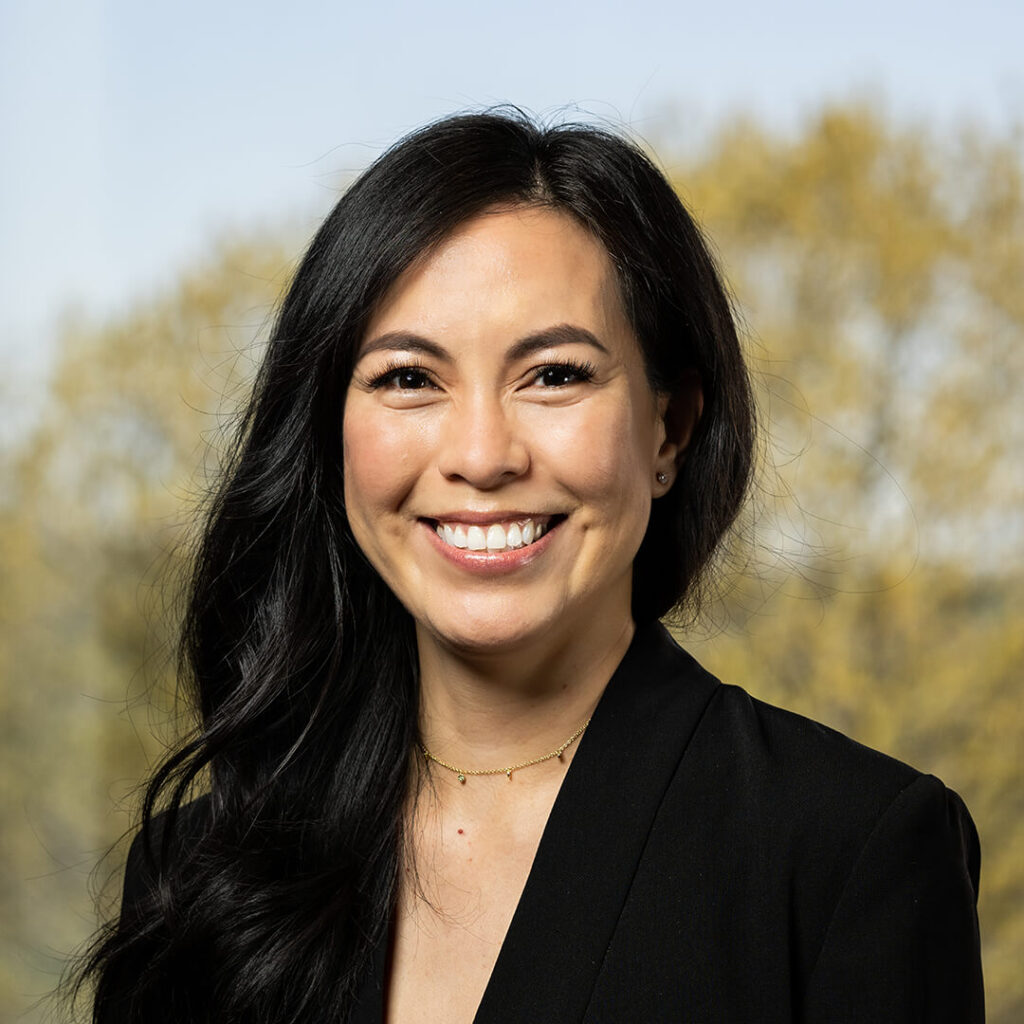Audio:
Transcript:
The following presentation by Waldron Private Wealth is intended for general information purposes only. No portion of the presentation serves as the receipt of or as a substitute for personalized investment advice from Waldron or any other investment professional of your choosing. Please see additional important disclosures at the end of this presentation.
A copy of Waldron’s current written disclosure brochure discussing our advisory services and fees is available upon request or at www.waldronprivatewealth.com.
Ben Greenfeld:
Hey everyone. We thought we would give an update on what happened in the markets in 2023 and just give some of our brief thoughts as it relates to that. This is Ben Greenfeld, Partner and Chief Investment Officer at Waldron. I’m joined by Nate Ecoff, who’s a Managing Director on our investment team, and Pat Ellsworth, who’s a Strategist on our investment team. Guys, thanks for joining me today.
Nate Ecoff:
Yeah. Thanks, Ben.
Ben Greenfeld:
As I mentioned, I think what we want to do is just give you a brief insight as to what happened last year which certainly was a very interesting year. We had everything from headline news of inflation, fed interest rate hikes, and then we had the ongoing conflict between Russia and the Ukraine, and new geopolitical headlines like the debt ceiling and the credit rating downgrade. We had the banking – I hate to call it a contagion, but the banking flare up in the spring. We had the conflict between Israel and Hamas. There’s a lot of different things happening that led to a pretty interesting market environment last year where you had US equities as a whole up in the mid 20 range of 26%. You had global equities up 22%. On the bond side you have municipal bonds up about 6.5%. So it was a very interesting year from a wire to wire perspective with a big driver obviously as everyone’s seen, being the headlines of the magnificent 7, the biggest primarily technology names in the US driving a lot of that performance.
But Nate, if we could dive into it a little bit here. As we looked from January through I’ll call it October, it was a much different market environment than the last couple of months of the year. Can you talk a little bit about what happened there?
Nate Ecoff:
Yeah so for starters, we started the year with the 10 year around 3.8% or 3.9%. We ended the year with the 10 year Treasury yield at 3.8% or 3.9%. So you know if you looked at the starting and ending points, you wouldn’t think much happened in between but really, it was kind of a roller coaster ride. You mentioned the magnificent 7. The first 10 months of the year, I think we did a recording and most of the stock market gains were really driven by those seven big tech stocks.
Transitioning from October through the end of the year, it was really a more broad market rally so we saw stocks outside of those seven really kind of participate and drive the equity market forward. A lot of that was sort of driven by the Fed pivot. We heard the rhetoric coming out of their meeting in December about switching from “are we going to hike rates again” to “when are we going to cut interest rates in 2024” and so the market heard that and that really helped to rally some of those stocks that are a little bit more economically sensitive like small CAP stocks.
We also saw interest rates come down. The first ten months of the year, the 10 year was sort of trending higher. It peaked in October around 5% and then when we saw the Fed pivot in their rhetoric towards cutting interest rates, we saw that 10 year fall pretty significantly and with that it helped some of the international stocks rally as well which we’re kind of treading water through most of the most of the year. So it’s an interesting turn of fortune and we really saw that momentum kind of take place in November-December where it wasn’t just the seven stocks driving the market, it was it was pretty much everything.
Ben Greenfeld:
Yeah and I think if you take it a step further beyond the markets you look at some of the economic data at that point. We started to see some of the inflation data softening. We started to see the labor market continued to remain strong, which as you alluded to with interest rates, that’s a big impact there and a big driver of that. I think it was really interesting to watch just looking at broad equity indices throughout the year. You can kind of break it into three chunks. It was January through July, July through October, and then really from end of October through the end of December. It was really just completely different environments to look at and certainly to your point of where the 10 year started to where the 10 year ended, if you fell asleep at the end of January 1st and woke up on December 31st, you’d have no idea the volatility that happened, which the last couple years we’ve seen some unprecedented moves in interest rates both at the Fed level and just prevailing rates.
Nate Ecoff:
Well, I think a lot of what drove not just the equity markets but interest rates in 2023 was again a story about what’s the Fed going to do and the story around what’s the Fed going to do was really driven by what’s happening with inflation and what’s happening in the jobs market and so we saw some of those things really sort of pivot in the later part of the year which kind of changed the story for the year.
Ben Greenfeld:
And that kind of left us with wire to wire results. I would say the returns ended up fairly close overall despite being pretty far apart throughout the year. If we look for the calendar year, you had large cap growth US equities, which again, primarily those big tech names up over 40%. And then you had large cap value names in the US, small cap growth names in the US, and small cap value names in the US, up 11% 18% and 14% respectively. It’s a pretty tight range there and even looking overseas, you had international equities up, call it 15.5% roughly. I think when you take out the outlier of big tech, everything else ended up in the same spot, but it was a very different path to get there.
Nate Ecoff:
Yeah I think the other big theme for 2023 was the reversal fortune from 2022. A lot of the things that held up better in 2022 and that rising interest rate environment – think energy stocks, utility stocks, the value dividend paying stocks – those are the ones that actually did worse in 2023 and the ones that did poorly in 2022. The high growth technology names are the ones that did the best in in 2023. I thought that was an interesting theme.
Pat Ellsworth:
Yeah and I think a lot of that is due to what we saw with interest rates. A lot of those stocks you mentioned – utilities, real estate, infrastructure stocks, etc., a lot of investors view those as bond substitutes when interest rates are really low, they’ll seek income elsewhere. I think once the 10 year got up around 5%, you really saw some rotation out of those names because you could get a similar yield within the treasury market which has over time, a lower degree of risk.
Ben Greenfeld:
So Pat, that’s a great segue. If we transition and look a little bit at when investors are looking back on portfolios from 2023 in general, what sticks out to you?
Pat Ellsworth:
Yeah similar to what Nate mentioned not just with interest rates, but with the equity markets as well, if you look at the end of the year, small caps, US large caps, international stocks – we’re all up. But if you just look at the beginning of the year versus the end of the year, you miss a lot of the storyline within it. Like you mentioned Ben, from the beginning of the year to about the end of October, the market was really dominated by a handful of tech stocks and international equities, small caps, value stocks, etc. were all flat to down on the year. Over the last two months of the year, we did see the market broaden and the rally begin to be participated by the small cap areas, utilities, energy, financials, etc. and I think to your point Ben, if you take out those seven largest names, international stocks, the equal weight S&P, which is a proxy for the broad market and small caps all traded relatively in line and most of that was due from multiple expansion – the price that investors are paying for earnings going up, but also we did see some pretty solid earnings growth throughout the year. Companies are still kind of fighting the impact of inflation on their profit margins and also the impact of borrowing costs on companies that are over levered particularly in those smaller companies that are more dependent on financing – that’s continuing to be felt but the market looked pretty strong towards the end of the year. Within the international space, going into the year, a lot of people were really bullish on China. There was a narrative surrounding their economy reopening and getting out of the kind of persistent COVID lockdown that that they were in. That ultimately did not materialize as anticipated. A lot of that was due to some struggles within their real estate market and so that kind of weighed on international equities as a whole. China is a large weight to the international stock market. It’s the second largest economy in the world. So when they struggle, it does weigh on overall international portfolios. Conversely, European stocks did better than expected. Germany, other areas of Europe, have slowed but the stock market has remained relatively strong and economic data is stronger than anticipated so that’s something we’re continuing to look at. And then for the bond market, it was a very bumpy ride but at the end of the day, returns were positive on the year. If you account for the yields that investors got and that’s a good example of investors benefiting from higher interest rates. Interest rates increasing does cause bond prices to go down in the short term, but it increases the amount of income you get on an ongoing basis, so as you expand your time horizon and you look at a one year period or three-year period, those higher rates do benefit you over time. The other thing within the fixed income market is we have seen some areas that we think are a little overvalued, particularly high-yield credit. You know these are bonds that are issued by companies that have weaker balance sheets, they may be a little riskier, and they tend to pay more interest than other bonds from a company such as Apple or Amazon, which has a really strong balance sheet and they tend to yield more than your riskless or less risky bonds and we felt that their return profile was not optimal and so that’s something that we got out of in client portfolios and looked for areas either at the short end of the yield curve to take advantage of higher interest rates to fund spending needs or in other areas of the fixed income market such as direct lending or secured finance to take advantage of other areas with higher yields.
Nate Ecoff:
Yeah I was going to say, one of the things we saw start to materialize throughout the year was an increase in defaults within that space. And typically if defaults start to increase, you would expect the yield that you get paid on those bonds would start to increase as well and that’s where we saw that differential didn’t actually take place. So we saw credit spreads, which is kind of the spread that you get on a riskless bond to a high yield bond actually got tighter so you got paid less even though in the face of what seemed like a more risky market environment for those bonds.
Pat Ellsworth:
Yeah, and that is still persisting. That credit spread is still really tight. So that’s an area that we’re continuing to avoid but at some point in the future, it probably will look attractive again. It’s just a matter of waiting for either the defaults to come down or those credit spreads to come out.
Ben Greenfeld:
Yeah and I think just in summation, it was an interesting year with a lot of gyrations and a lot of dynamics both from the equity markets, the interest rates in general, bond markets, geopolitical – a lot of things going on. Quite a difference at the end of 2023 from what we were looking at the end of 2022. We had a very strange 2022 again where you had both equities and bonds down. Both of them, turned into a nice recovery as we headed into or as we rolled through 2023 and again, those diversifying assets, reasons why you build portfolios with asset classes that may not always be perfectly or may not all be correlated together is to get that diversification, get a smoother pattern of returns and I think last year was a year where you saw some of that start to play out again after a kind of correlation to one of everything in 2022 on no matter what you own it was all it was all going the same way so I think that was an interesting shift back. As we roll into 2024, I think this whole concept of back to the fundamentals as it relates to investing, really, really holds true. Nate or Pat, anything else you want to add?
Pat and Nate:
No, thanks for having us.
Ben Greenfeld:
Great. Well, thanks for thanks for listening. If you have any questions, feel free to reach out to any of the three of us or anyone else on our team here and we’ll be glad to discuss with you. Thank you.
The previous presentation by Waldron Private Wealth was intended for general information purposes only. No portion of the presentation serves as the receipt of or as a substitute for personalized investment advice from Waldron or any other investment professional of your choosing. Different types of investments involve varying degrees of risk, and it should not be assumed that future performance of any specific investment or investment strategy or any non-investment related or planning services discussion or content will be profitable, be suitable for your portfolio or individual situation, or proved successful. Waldron is neither a law firm nor accounting firm and no portion of its services should be construed as legal or accounting advice. No portion of the audio/video content should be construed by a client or prospective client as a guarantee that he or she will experience a certain level of results if Waldron is engaged or continues to be engaged to provide investment advisory services. A copy of Waldron’s written current disclosure brochure discussing our advisory services and fees is available upon request or at www.waldronprivatewealth.com








